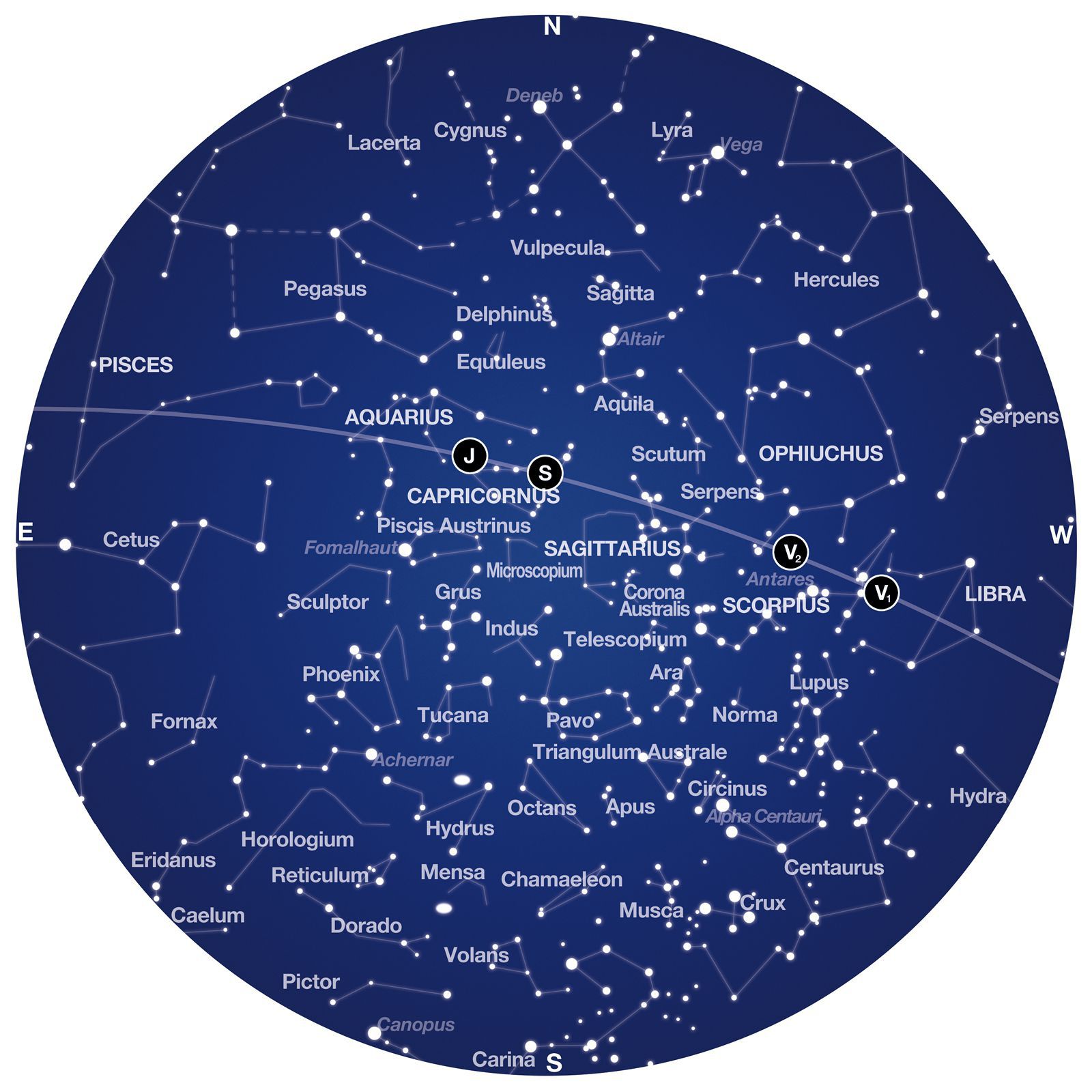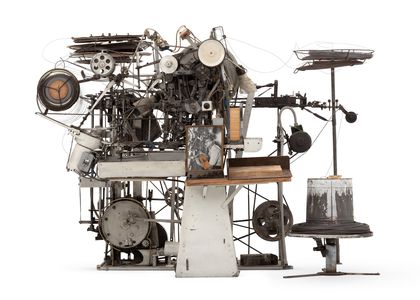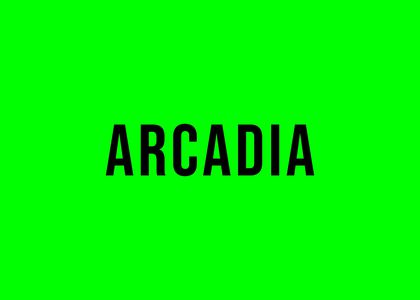
Monthly sky maps from the 2021 Australasian Sky Guide published by MAAS Media.
What’s in the sky this October?
Please remember that Daylight Saving Time starts at 2am on October 3rd in NSW, ACT, Victoria, Tasmania and South Australia. Put your clocks forward one hour. If you rely on a smartphone the adjustment is automatic – but now you’ll know why an hour of the night has gone missing.
Constellations
Constellations are groups of stars that represent mythological figures, fanciful beasts or maybe old scientific instruments. For millennia they have been used as a tool to share significant cultural stories and to track the passage of the weeks and months. Today, they also help astronomers delineate portions of the sky and locate astronomical objects. In October, in the early evening, these constellations dominate the sky:
- Crux – or the Southern Cross as we all know it, is in the south-east in October and upside down each evening. Around midnight it reaches its lowest point in the sky, very close to the southern horizon where it will be difficult to spot unless you have an unobstructed view due south.
- Scorpius – this is your final chance this year to spot the Scorpion as he dips into the western horizon. If you have a very dark sky (and the Moon is not up) you will see the Milky Way, our galaxy, from which Scorpius appears to dangle, hanging by his hooked tail as he descends.
- Capricornus – an odd creature composed of a goat’s head and forefeet joined to the tail of a fish. Like Scorpius Capricornus is a zodiac constellation – one through which the Sun passes – and amongst the most ancient of constellations. The Greeks identified him with Pan, their god of the countryside. He was a naughty little goat who chased women and seduced them. One attempted conquest failed when his target leapt into a river and disguised herself as a bunch of reeds. On grabbing the reeds Pan heard the wind blowing tunefully through them – and the Pan flutes were born.
- Grus – just to the south-east from Capricornus is a bright star. This is Fomalhaut and it represents the mouth of Pisces Austrinus, or the Southern Fish. But I only mention this because it’s a guide to the constellation of Grus, the Crane. A modern constellation, dating from the 1500s (well, relatively modern!) it looks to me more like a scimitar with a great curving blade. It’s one of my favourite Spring constellations.
- Cygnus – the Swan is low by the northern horizon in October. Stories connected to Cygnus are somewhat convoluted. One of them tells us Zeus disguised himself as a Swan while on his way to seduce Nemesis, the nymph. But she was totally uninterested. Nemesis instead produced an egg from which hatched the beautiful Helen of Troy. The tail of Cygnus is marked by the bright star Deneb. This blue-white star is a giant and over 100 times the size of our Sun. Even at its vast distance of 3000 light years from us it is still amongst the brightest stars in the sky. If it were as close as Alpha Centauri (just 4.5 light years away) it would cast shadows at night!
Planets
This month Mercury, Venus, Jupiter and Saturn are our evening planets but the morning sky is empty of planets. Use the Moon as a guide to help you find the planets during the month.
- Mercury – is visible very low in the west for only the first few days of October before dropping into the twilight and disappearing for the month.
- Venus – is high in the west all month. As the evening star it is very bright and hard to miss! On the 16th and 17th it sits just to the right of the bright star Antares, an orange-coloured star representing the head of Scorpius – they should make for a nice contrast in colour. On the 9th the Moon is below Venus, and on the 10th it is above the planet. In fact, the view on the 10th, around 7:30-8pm AEDT, will be worth looking out for, with bright white Venus just below the crescent Moon and orange (but much fainter) Antares just to the left of the Moon completing a pretty triangle. On October 30 Venus is at its greatest angular separation from the Sun, known as greatest elongation east.
- Jupiter & Saturn – to find the giant planets Jupiter & Saturn this month face North and look high overhead in the early evening. On the 14th the gibbous Moon passes just above Saturn, and on the following night just above Jupiter. Both planets look yellowish, Jupiter is bright and easily spotted, Saturn is to the left of Jupiter. If you make a fist and hold your arm outstretched Jupiter & Saturn will appear just on opposite sides of your fist. By midnight each night this month both planets are low above the western horizon.
- The Orionids – not a planet but still part of our solar system, the Orionids meteor shower is active all month. These meteors originated as dust from Halley’s comet and they are often fast and bright. The peak of the shower is on the 21st. However, the Moon is full and up all night, and the sky will be too bright for easy meteor spotting. So, this year the best viewing opportunity will be over the weekend of October 16-17, and maybe the 18th too. The Moon sets around 4 to 5am AEDT, leaving an hour or so before morning twilight to spot these meteors. Look northwards for meteors radiating from just below Orion’s red shoulder, the star Betelgeuse. Set your alarm for early, dress warmly, get comfortable and be patient, it might be several minutes between each one.
Moon
For the monthly movements of the moon, check out our Moon Phase Calendar.
Let the Moon be your guide to the planets this month: On October 9 a thin waxing crescent Moon is below Venus, and on the 10th it is just above Venus (and beside Antares). On the 14th the gibbous Moon is just above Saturn, then on the 15th it is above Jupiter.
October 16 is International Observe the Moon Night. Join the world on this Saturday to catch the Moon in its waxing gibbous phase. Use your binoculars to spot craters, oceans and seas. If you have a good telescope and steady seeing (by which I mean the Moon is not shimmering like a mirage) try using a high magnification and you’ll feel like an astronaut flying over the lunar surface!
Deep Sky
Explore the universe through your binoculars or a telescope and take in some of the gems of the October sky. These look at their best with no Moon in the sky:
- The Magellanic Clouds & 47-Tuc – with binoculars look south for our neighbouring galaxies the Large Magellanic Cloud (LMC) and the Small Magellanic Cloud (SMC) both around 200,000 light years away from us. You will see fields of stars and maybe a hazy nebula. Beside the SMC the fuzzy, dandelion-like star you see is in fact the globular cluster 47-Tucanae, better known simply as “47-Tuc”. Just 16,000 light years away it’s a ball-shaped group of stars on the edge of our galaxy. It contains hundreds of thousands of ancient stars most of them several times older than our Sun.
- Turn your binoculars northwards – to spot little Delphinus, the dolphin constellation, and then scan slowly along the Milky Way to spot clusters & nebulae galore.
- Jupiter & Saturn – are targets for a telescope if you have one. Watch Jupiter’s Moon Io play hide & seek with the planet (predictions are available from the Sky &Telescope tool) and then turn to Saturn to marvel at his rings.
- The Ring & Lagoon nebulae – with a larger telescope, one with tracking motors and computer control, you can easily locate the Ring nebula, M57, a ‘smoke ring’ blown off by a dying star. And finally, under Moon-less and dark country skies, dive into the Lagoon nebula…and contemplate the grandeur and timeliness of our vast and surprising universe.
Looking back…
Every year many tonnes of meteorite debris falls to Earth. Most of it lands in the oceans, but every so often a piece collides with the human world. October 21 marks the 25th anniversary of the 1996 Turtle Lake meteorite fall. A 90-gram meteorite smashed the windscreen of a car in Wisconsin, USA. The University of Minnesota Department of Geology & Geophysics holds what remains of the meteorite.
On October 28, 1971, 50 years ago, Britain launched its first satellite on its own rocket. Prospero, an experimental satellite, left Earth from Woomera, South Australia and is still in orbit. There may even be a plan to, somehow, catch Prospero and return it to Earth.
Looking forward…
The CAPSTONE spacecraft is scheduled for launch in October, on October 20 at the time of writing. To be launched from New Zealand by Rocket Lab it will test the stability of the orbit to be used by the future occupied Lunar Gateway spacecraft. CAPSTONE, the Cislunar Autonomous Positioning System Technology Operations and Navigation Experiment – thank goodness for acronyms!
Learn More
- The brand new 2022 Australasian Sky Guide by Dr Nick Lomb, featuring an annual report of what’s in the sky and the latest astronomical findings (produced by MAAS Media) is available now from the MAAS Shop.
- View the October 2021 Star Map , which shows the stars, constellations and planets visible in the night sky from anywhere in Australia
- Check out these resources for getting started


